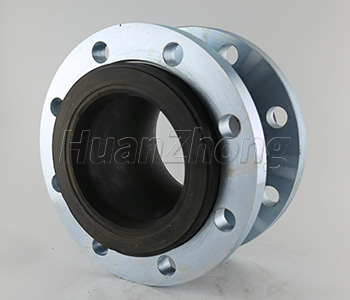Tensile performance of rubber anti-vibration joints
Tensile performance of rubber anti-vibration joints
Tensile performance is a series of tests to measure the performance of rubber shockproof joints under tensile load, also known as tensile test. It is one of the basic methods for testing the mechanical properties of materials and is mainly used to check whether the material meets the required standards and to study the performance of the material.
When stored and worked for a long time, it will gradually become sticky, hardened and aged or cracked because of the influence of heat, oxygen, active oxygen and other components and corrosion of aflatoxin. Rubber joints and other physical equipment results in time will be reduced, the elasticity will be reduced is the case of rubber aging. So let's talk about the two main reasons for this. Rubber joints installed in the pipeline can play a good shock absorption and noise reduction, compressive strength and tensile strength, not for the pipeline's long-distance paving caused by the route of heat and cold shrinkage of this product to play a more obvious role in offset compensation. Oxygen in the rubber like rubber molecular structure shows free radical series of products, the molecular chain shows rupture or too connected, resulting in changes in the effect of rubber. Redox reaction is a key element of rubber joint aging. The organic chemical active ingredient of active oxygen is much more than oxygen, and the damage characteristic is especially in the large, it is also let the molecular chain show rupture, only the impact of active oxygen on the rubber scenery is according to whether the rubber has deformation, deformation size but there is a difference. When the rubber joint (mostly unsaturated fatty rubber) is deformed, there will be gaps with the same orientation as the ground stress, which is actually "active oxygen cracking", and when the rubber joint is deformed, the oxide film will appear on the surface and cannot show cracking.

Linear test fixture using universal tensile test fixture, but the test should ensure that the specimen is always in the clamping position standard sample diameter of 40mm ± 0.3mm, cross-sectional diameter of 3.55mm ± 0.1mm 5 samples can be determined by using other sizes of O-rings with an inner diameter greater than 40mm or sections cut from the O-ring (linear specimens of length not less than 120mm). Measure the cross-sectional diameter and internal diameter of the specimen as required. Linear specimens according to GB/T 528 in 4.2.4 and 4.2.5 method.
